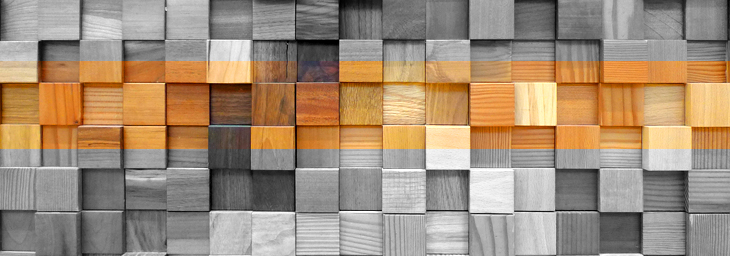The eco–design handbook: a complete sourcebook for home and office
By Alastair Fuad-Luke, second edition 2004
A manifesto for eco-pluralistic design … designs that tread lightly on the planet
\\\\\\\///////
Recently I found this very exciting book published in 2004, way before it was fashionable to talk about eco-design. It mostly concerns my personal aspect of how designers can save the earth, related to the climate problems, but it is excellent resource for anybody interested.
///////\\\\\\\
The thoughtful designer of the twenty-first century will design with integrity, sensitivity and compassion. He or she will design products/materials/service products that are sustainable, i.e. they serve human needs without depleting natural and man-made resources, without damage to the carrying capacity of ecosystems and without restricting the options available for present and future generations. An eco-pluralistic designer will:
1. Design to satisfy real needs rather than transient, fashionable or market-driven needs.

2. Design to minimize the ecological footprint of the product/material/service product, i.e., reduce resource consumption, including energy and water.
3. Design to harness solar income (sun, wind, water or sea power) rather than use non-renewable natural capital such as fossil fuels.
4. Design to enable separation of components of the product/material/service product at the end of life in order to encourage recycling or reuse of materials and/or components.
5. Design to exclude the use of substances toxic or hazardous to human and other forms of life at all stages of the product/material/service product’s lifecycle.
6. Design to engender maximum benefits to the intended audience and to educate the client and the user and thereby create a more equable future.
7. Design to use locally available materials and resources wherever possible (thinking globally but acting locally).
8. Design to exclude innovation lethargy by re-examining original assumptions behind existing concepts and products/materials/service products.
9. Design to dematerialize products into services wherever feasible.
10. Design to maximize a product/material/service product’s benefits to communities.
11. Design to encourage modularity in design to permit sequential purchases, as needs require and funds permit, to facilitate repair/reuse and to improve functionality.
12. Design to foster debate and challenge the status quo surrounding existing products/materials/service products.
13. Publish eco-pluralistic designs in the public domain for everyone’s benefit, especially those designs that commerce will not manufacture.
14. Design to create more sustainable products/materials/ service products for a more sustainable future.
\\\\\\\///////
New edition of this book is available from:
- thames and hudson [updated edition 2009 – 16 british pounds ] or
- book depository [updated edition 2009 – CDN$ 33.34]

Leave a Reply
You must be logged in to post a comment.